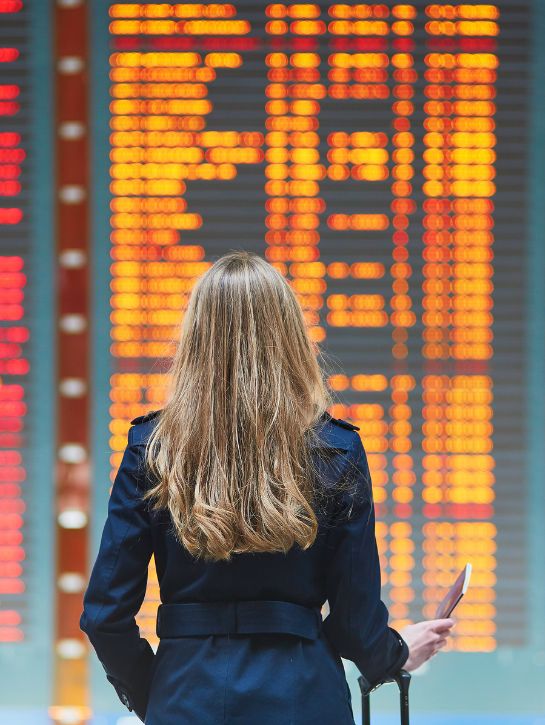Protecting Your Team with Kidnap and Ransom Insurance
Kidnapping and ransom demands may seem like something out of the movies, but these scenarios are all too common in real life. Criminal organizations throughout the world have kidnapped missionaries, business leaders, and wealthy individuals and demanded a ransom in exchange for their release. To keep your team safe, learn which countries pose the greatest threat and how kidnap and ransom insurance provides important protection.
The Countries with the Highest Kidnapping Rates
Some countries have an elevated risk of kidnap and ransom.
- South Africa: Business Tech says a private security group has warned of a surge in kidnappings in South Africa. More than 3,600 cases were recorded in the first quarter of 2023.
- Mexico: ABC Chicago says safety has been a concern after four Americans were kidnapped. The U.S. State Department has issued do not travel advisories for six of the 32 states in Mexico.
- Haiti: CNN says authorities registered 1,014 kidnapping between January and June in 2023. Most kidnappings involve locals, but a kidnapping in 2021 targeted 17 U.S. and Canadian missionaries.
- South America and the Caribbean: Fox News says tourists kidnappings have led to travel warnings. The State Department has identified Jamaica, Haiti, Chile, and Colombia as countries of concern.
No Country Is Completely Safe
Although some countries have a known kidnapping danger, kidnapping and ransom schemes can happen anywhere.
According to News 12 The Bronx, a Connecticut doctor says he was kidnapped and forced to take out money from multiple ATMs after leaving the Brooklyn Mirage. This was the third incident in recent months involving the venue. Two individuals have been charged in the kidnapping.
In England, three individuals have been jailed for kidnapping a businessman from a city center. According to the Deccan Herald, the kidnappers reportedly held the victim captive for hours before persuading one of his colleagues to pay a ransom.
Kidnapping and Ransom Insurance Provides Protection
Most insurance policies provide financial protection against the economic impact of a loss. Kidnapping and ransom insurance does much more than that – it doesn’t just pay out after a kidnapping occurs; it also provides pre-trip risk assessments, executive protection, and secure journey management to reduce the risk of a kidnapping from happening.
In the case of a kidnapping, insurance provides coverage for crisis management, legal liability, personal accident, travel expense, and psychiatric expenses as well as ransom reimbursement.
Some Countries Are Too Dangerous
Kidnap and ransom insurance policies typically do not protect travelers visiting countries that have been sanctioned by the U.S.
According to the Council on Foreign Relations, sanctions may include travel bans, asset freezes, arms embargoes, and trade restrictions. The U.S. currently has more than two dozen sanctions regimes. Some of these target countries, whereas others target activities, such as terrorism.
Investopedia explains that the U.S. often sanctions countries that violate human rights or sponsor terrorism. The countries with the longest-standing sanctions are Syria, North Korea, Iran, and Cuba. In 2022, the U.S. announced sanctions against Russia.
The list of sanctioned countries can change at any time. To avoid unnecessary danger and coverage issues, check a destination before traveling abroad to see if it is subject to sanctions or if there are any ongoing threats, such as heightened criminal activity or war. If you have kidnapping and ransom insurance, reach out to your insurance provider for guidance.
Securing Kidnap and Ransom Insurance
For many organizations, international travel is a necessary activity, but it places individuals at risk. Both employees and their families may be targets of kidnapping when traveling abroad. Their organizations can mitigate the risk and help keep their team members safe by securing kidnap and ransom insurance.
Tangram’s kidnap and ransom insurance is appropriate for high-net-worth individuals and a wide range of organizations, including churches and missionary programs, schools, journalists, manufacturing companies, engineers, consulting services, and other organizations with exposures. Learn more.




